
Overclocking
As the MSI Z270 Gaming Pro Carbon was the first board to land in our lab nearly a month before the official Intel launch today, we've run through several BIOS versions when it comes to overclocking. Initially, we managed to get to 5.1GHz using a vcore of 1.44V, consequently with some very toasty temperatures, and even slightly lower frequencies required hefty voltages too with high power draws as a result.However, the newer version we installed when writing this review a week or two ago was much easier to work with. We couldn't quite hit 5.1GHz again with the same voltage - 5GHz was the limit this time, but this needed just 1.36V, with just 1.22V needed for 4.8GHz - that's below the stock voltage applied when the XMP profile is enabled (our default test settings). Now, we haven't published any other Z270 board results yet, but MSI is middle of the road here. Asus's boards required even less voltage while Gigabyte's needed a little more.
Even so, none managed to get above 5GHz using voltages that were tameable with our all-in-one liquid cooler, so the Z270 Gaming Pro Carbon scores well on the maximum overclock, but not so well when it comes to a 24/7 overclock at 4.8GHz, where it needed more voltage than its Asus competitors.
EFI and Software
MSI hasn't changed much compared to its Z170 EFIs, and that's probably a good thing. Its EFI is snappy, responsive, and well laid out with a simplistic front end, but plenty of detail if you delve further in. Unlike the Asus boards we tested, there was no need to fiddle with M.2 settings to get our Samsung 960 Evo working at full speed either, although the Asus fan control suite continues to be better for a couple of reasons - you're able to switch off fans below certain temperatures and the pump header for AIO liquid coolers is set to full speed by default. Gigabyte has also made advances in this section too and is now mostly superior as well, so MSI will need to step up its game in some areas.MSI's software is superb, though, and while you may not have quite as many options as an Asus board, there's everything here you need to obtain a decent overclock in Windows and even tweak the memory timings. In fact we did all our tweaking in the Command Centre app, which also allows you to tweak the fans too.
Other bits and bobs include the RGB controller software and MSI's Ramdisk, Mouse Master and Gaming Hotkey programs - akin to Asus's similar features that ship with its ROG and Strix boards. You can see images of the EFI and software below.

MSI MPG Velox 100R Chassis Review
October 14 2021 | 15:04


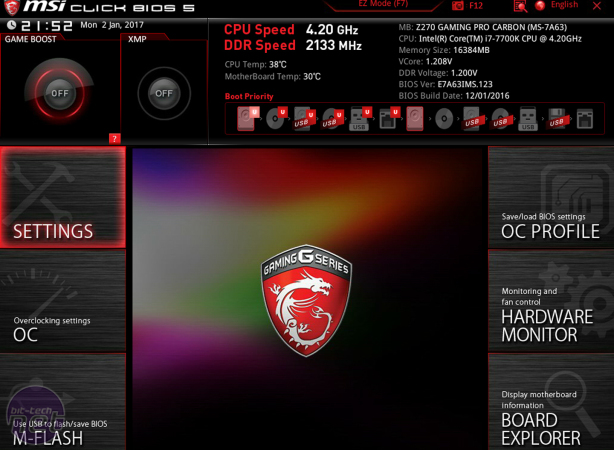
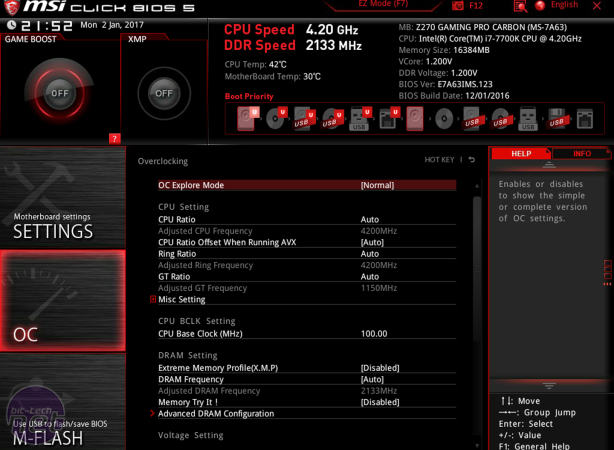
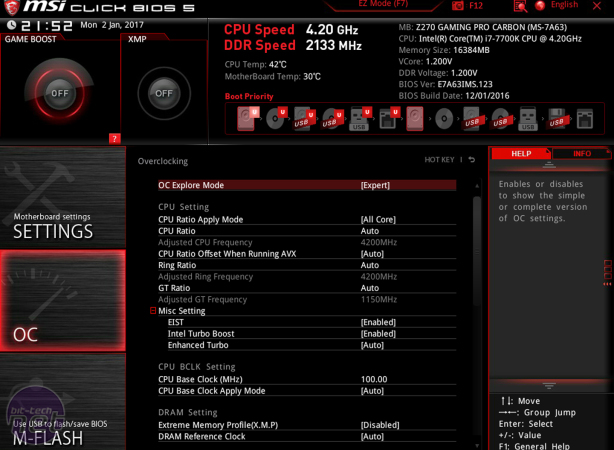
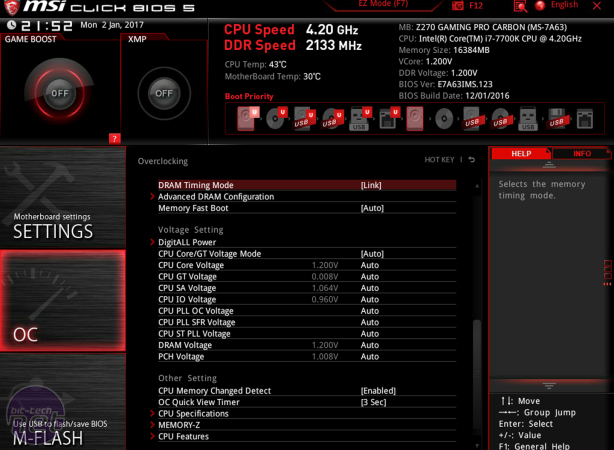
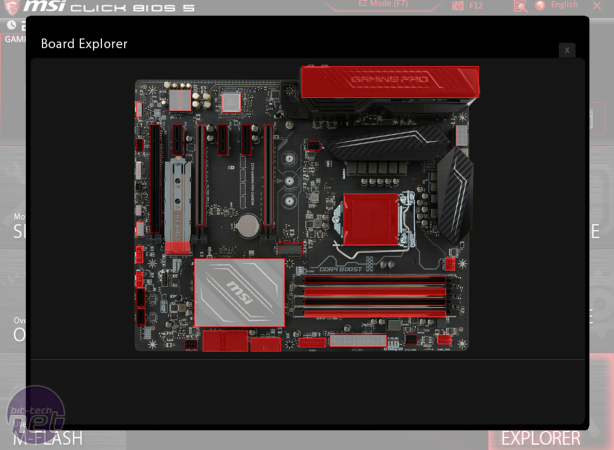
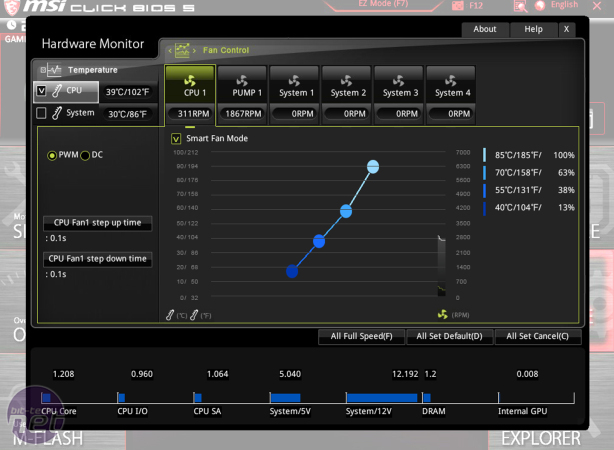

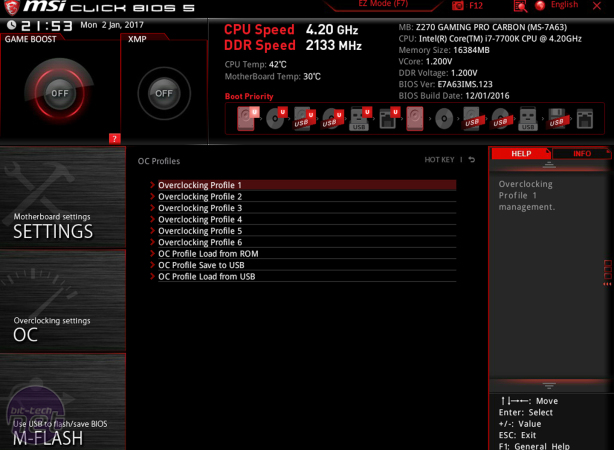
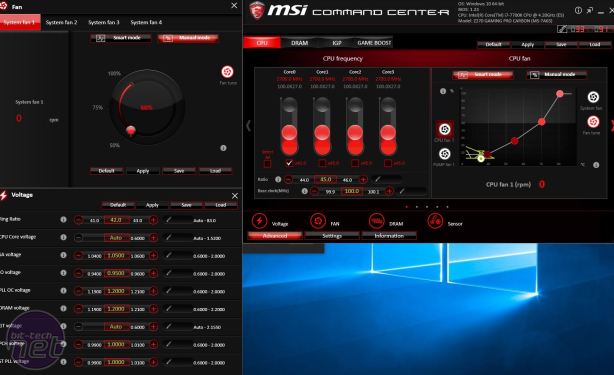
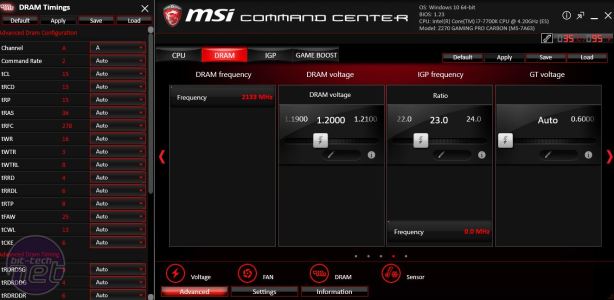
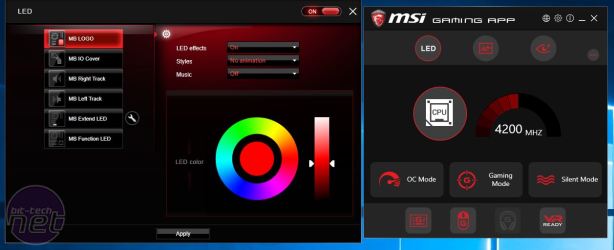
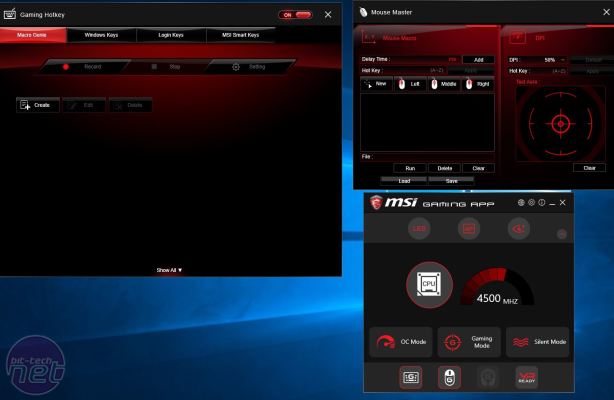
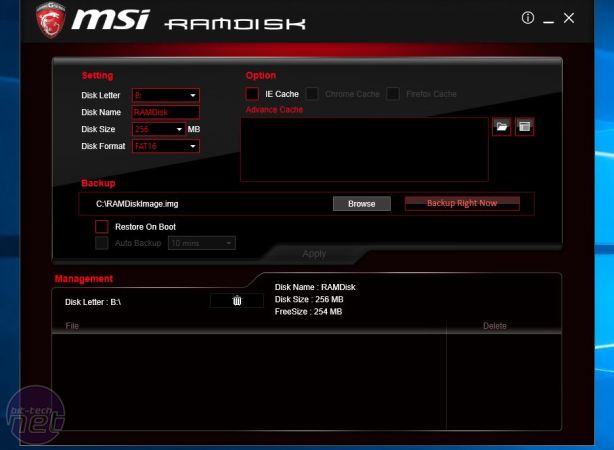







Want to comment? Please log in.